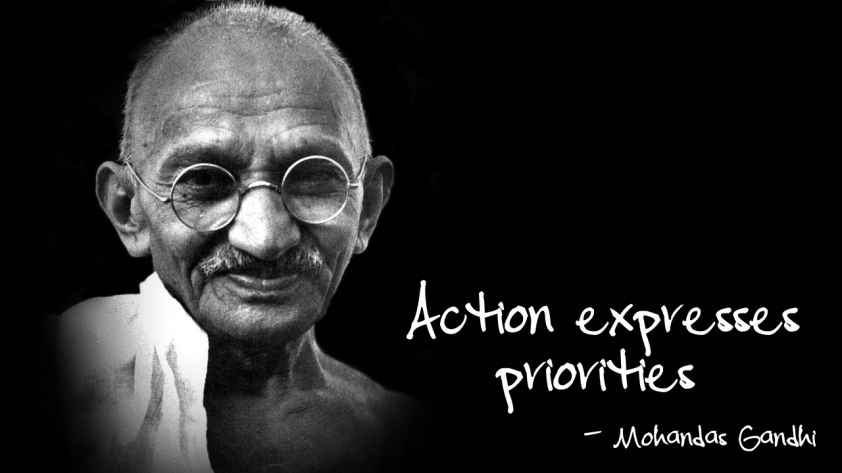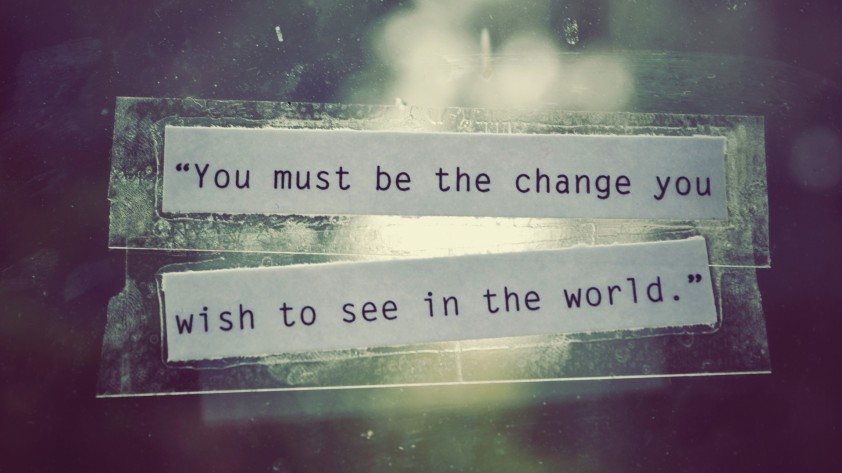
A little over a month ago, Stephanie Giese shared a blog post, “What I want People to Understand about Why Teachers are Frustrated,” As a former teacher, she shared, “There are few professions where you are required to obtain a college degree, take multiple certification tests, and prove yourself through a residency program only to not be allowed to perform your job as you know best once you are in it. We trust our doctors to treat our ailments and our lawyers to try our cases. Our teachers are professionals, and it is time we started treating them as such.”
I don’t want to cause no fuss, but can I buy your Magic Bus? Nooooooooo!
Frustration is an understandable human reaction when you feel powerless to make things better. But education’s decision-makers aren’t opponents of energy and idealism; they have reasons for making the decisions they do. By definition, a new innovation is an unanticipated, unplanned-for, unbudgeted initiative…which translates as a lot of extra work for an administrator. If they don’t see a direct connection between their goals and your ideas, where’s the incentive to buy in? Successful change agents learn from every failure, every letdown, every setback:
- Why don’t they see/hear/understand what I am trying to accomplish?
- Why didn’t I get the support I needed to get this done?
- What can I learn from this to be more successful?
- What can I do differently next time?
I want the Magic Bus, I want the Magic Bus, I want the Magic Bus…
When I read sentiments like Giese’s my mind goes back over my own trials, setbacks and successes. What have I learned? Innovation is not magic. It is not, in and of itself, a reason to change. I may have interesting, exciting ideas, but that won’t get me buy-in. Even when I can see exactly where I want to take people and the incredible outcomes they’ll experience once they arrive at that destination, it doesn’t mean they are ready to climb aboard my bus. I’ve learned that in order to implement and sustain successful programs, it’s important to build capacity before starting the journey…to make sure I have everyone on board who needs to be on board.
I want it, I want it, I want it, I want it…

How is capacity built? Identify a role model or mentor and work to learn to:
Establish relationships
Cultivate a rapport with key stakeholders before the time comes you need to ask for their support.
Work within a framework
Use federal and state plans, professional standards, and local strategic plans, goals and objectives.
Have an implementation plan
It can be an internal document that isn’t shared publicly, but have a plan with achievable objectives on a timeline to keep you moving.
Get buy-in from higher up
Show a direct connection of how your plan of action will help achieve the desired outcomes of your organization.
Build consensus
Work with all groups of key-stakeholders to create a network of support: your school board, administrators, teachers, students, parents, community members without school-aged children, and businesses and professional associations.
Connect allies
Introduce these different groups of stakeholders to one another so that they can find common ground upon which to support you.
Communicate. Communicate. Communicate
Positive promotion and good public relations are your best tools in building and sustaining capacity.
Find, implement and celebrate easy wins
Find the low-hanging fruit that you can easily pick, share and hold up as examples of success.
Build momentum from little victories
Be sure that all stakeholder groups know of your early easy wins; also make sure they understand the significance of easy wins in your larger plan.
Document and distribute
Compile measured and anecdotal evidence of your plan’s progress and regularly get it into the hands of all stakeholder groups.
These are the steps successful innovators use to successfully create change within existing organizations.

In 1968 Tom Wolfe published his Electric Kool-Aid Acid Test, showcasing Ken Kesey and his followers riding a psychedelically-painted school bus across the United States. The story is now considered romantic folly. What difference did that bus trip make? Was there any impact on people outside the bus, or was it simply Kesey and company tripping? More importantly and to the point, when you think of your own journey, are you willing to accept Kesey’s folly? If you’re disappointed by setbacks, probably not…
Every day you’ll see the dust as I drive my baby in my Magic Bus…
The image of a psychedelic ride has been used by the Beatles, the Who, the Partridge Family, even Miss Frizzle. It’s a great symbol of breaking out of our current constraints! But if you’re not willing to settle for joy riding on your own, then you need to do the kind of capacity-building that will fill your bus with passengers and give you a greater potential to drive change. Learn to think more strategically, with conviction to learn from your setbacks. Reassess, regroup and build capacity for future success.
These are hard lessons…and it’s hard work. Sure driving your own bus can be an exhilarating trip, but when you take a hit, you need to stop and assess the impact of the collision. When you run low on gas, you need to have a dependable place to pull in and refuel. It may not seem as spontaneous and unfettered as Kesey’s wild ride, but sustained change seldom is.

==================================================================
Magic Bus Lyrics: http://www.azlyrics.com/lyrics/who/magicbus.html
 “The Magic Bus” written by Pete Townsend, 1965.
“The Magic Bus” written by Pete Townsend, 1965.

 But here’s the rub for me: if I want to make a difference, I can’t just sit on social media jumping on bandwagons that make me feel good about my opinions and biases. I need to get out there in the community and make a difference by DOING something that makes a real difference in people’s lives.
But here’s the rub for me: if I want to make a difference, I can’t just sit on social media jumping on bandwagons that make me feel good about my opinions and biases. I need to get out there in the community and make a difference by DOING something that makes a real difference in people’s lives. I know, I know, it takes risk and hard work to help disenfranchised children, the poor, the sick, the unpopular people in my community upon whom everyone looks down….but going out of my way to be champions for them actually will make a difference, as opposed to spouting off on social issues online and changing my profile pic accordingly.
I know, I know, it takes risk and hard work to help disenfranchised children, the poor, the sick, the unpopular people in my community upon whom everyone looks down….but going out of my way to be champions for them actually will make a difference, as opposed to spouting off on social issues online and changing my profile pic accordingly. In reading this, please don’t make any presumptions about my stance on any of the huge issues that received media (and social media) over-attention this past week; because I was sincerely happy with each decision. My point is, it’s not a good use of my time and potential to make a difference safely jumping on bandwagons or settling for attention-grabbing grandstanding.
In reading this, please don’t make any presumptions about my stance on any of the huge issues that received media (and social media) over-attention this past week; because I was sincerely happy with each decision. My point is, it’s not a good use of my time and potential to make a difference safely jumping on bandwagons or settling for attention-grabbing grandstanding.








 them are actually pretty good
them are actually pretty good 